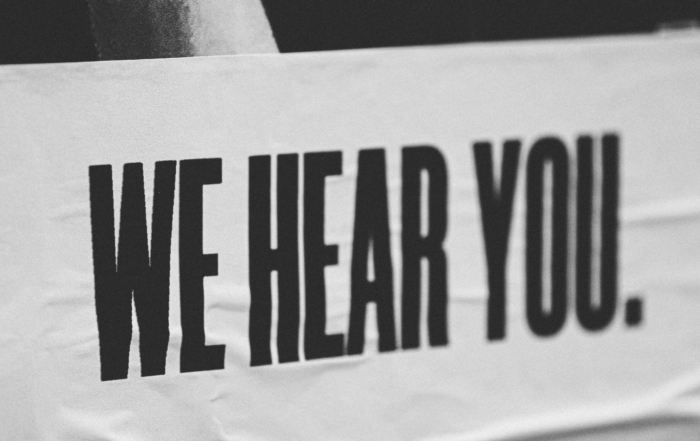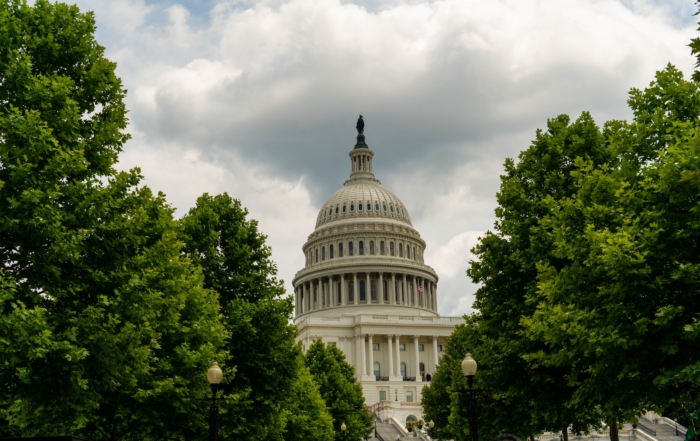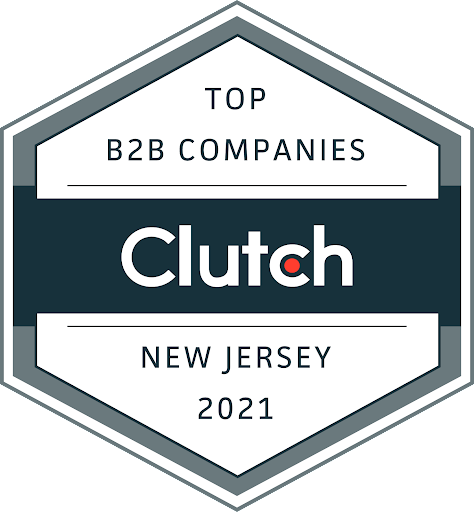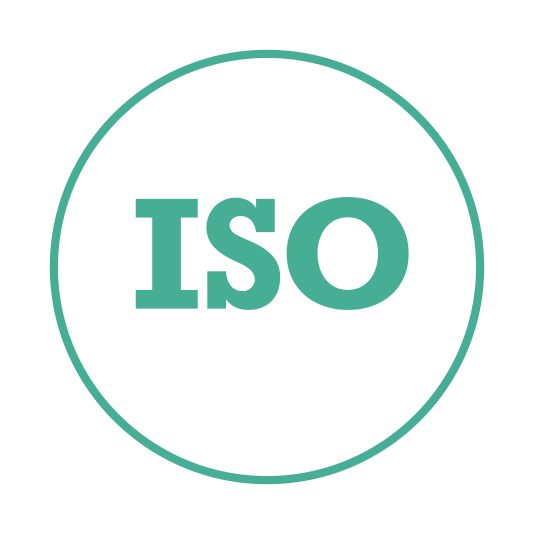Design For Impact
![]()
Written by: Urban Emu

More often than not, when a visitor lands on a website, they immediately have a visceral reaction – love it or leave it.
Unless you work behind the scenes in the field of communications, you may be oblivious to the painstaking behind-the-scene steps to get a site live and, in one recent client challenge, in a matter of months with a multitude of moving parts.
Imagine public and private sectors coming together for a coordinated, national response on mental health and suicide prevention to COVID-19. The issue is already surrounded by stigma, and the pandemic has only exacerbated the situation. The first-ever unified response involves a high-profile Steering Committee of some of the most respected experts in various fields and industries, laser-focused working groups charged with addressing six urgent strategic priorities under one umbrella message.
And now, imagine pulling together a website to reflect all those moving parts virtually and in three short months.
In the blink of an eye
Website visitors need only a quick 1 to 5 or 6 seconds to register a connection with a website. First impressions really do matter, and making an indelible impression (fueled and sustained by content updates) is one that will help keep the first-time visitor coming back again and again. These are critical first moments to help capture audience attention and hearts and heads for future engagement. Our website work must have curb appeal and pass the online attention span test.
Reflect your value proposition
Website design is not just about putting on a pretty face. There is no denying that we often ascribe to the adage, “A picture is worth a thousand words.” The pictures/graphics/videos/charts and other visuals create an inviting appeal and can often generate clarity from complexity and communicate a message more quickly and more effectively than the written word. But the visuals and graphics must intentionally align with the organization’s core brand essence and foundational messages.
What business are they in? What do they believe in? What is the tone and brand personality? What sectors do they serve? What distinguishes them from competitors? What is their pain point, and what action do they hope to inspire to address an urgent societal need? What are the most relevant and essential brand “assets” that can be leveraged?
In this client case, diverse partners from public and private sectors bring their best in science, innovation, and leadership to collaboratively address strategic priorities to help transform mental health and suicide prevention nationwide in the wake of the pandemic.
Users landing on the website register who they are, what they do, why they do it – and, as importantly, the emotional and rational reasons to believe; why they should join a movement, advocate for a cause, buy a product, engage a service — in essence, the value proposition.
Design that delivers
When dealing with a potential crisis within a crisis, message fidelity through words, images, and design becomes critical. We needed to convey urgency but not catastrophe; balance the brink of crisis with hope and resiliency; elevate relatable, tailored solution-driven messages above the fray of a fragmented, noisy field. Words without jargon matter. Hierarchy of headlines matter. Edits on videos matter. Colors matter. Social media icons matter. Facts and figures and footnotes matter. Call-out quotes matter. From content to creative, communications reflect the organization’s essence, its urgent mission and reiterates its calls to action to spur change – whether on the website or in a social media post.
From the earliest stages of the design process, understanding user’s needs is a must to maximize the user experience. We ask questions to help guide design for impact; questions such as:
- What scenarios would prompt a user to visit the website?
- What personas of users do you anticipate visiting the website?
- What would be considered a successful user experience?
- How might you prioritize a user’s initial actions once on the website?
- What will success look like over the next six months? 12 months?
- What is the long-term vision for the site?
- What brand guidelines or other affiliate partner guidelines or standards must we be sensitive to?
Be realistic about the challenges
There will also be an unanticipated challenge (or two or three); it is what it is. Budget, resources, interoperability and integration with other websites, and timing may provide constraints. For example, custom photography that captures the subject matter’s authenticity is ideal – but not always an option. Thus, the visual communications team might have to revert to stock photography and the potential pitfalls that go along with it, like being overexposed by other campaigns.
Pop-ups could be a distraction for a website user. But a national effort on mental health and suicide prevention during the challenging pandemic times demands that the organization be sensitive that some visitors might be in crisis and urgently need help-seeking crisis support.
Subject matter also can impact aesthetic choices. Depending on the topic, color can become an essential variable in design to avoid cultural or societal gaffes. Researchers found those suffering from anxiety and depression, for example, might lean towards specific colors when expressing their mood. Don’t be tone-deaf to the psychology of color in your communications.
Design by committee
Collaboration with clients means listening to understand their wants and needs, their evidenced-based data that drives how and what information is presented, their priority audiences and stakeholders, and how the messaging framework resonates with the targets. We do not simply take dictation. We work our magic by being researchers, analysts, writers, brand strategists, designers, video editors, interviewers, facilitators, developers, and technology officers. Ultimate success comes from collaborative ideation among the client, content, and creative teams.
This recent national client project brings to the table not only the client’s POV but its diverse staff’s perspectives and experiences and those of its stakeholders. We listened and learned from communications and Marcom specialists, project coordinators, research scientists, technology associates, designers, social media and subject matter experts, and those with lived experiences during the formative stage.
Co-chaired by respected leaders representing the public and private sectors, the national effort attracted diverse partners ranging from justice departments, public safety groups, universities, and faith communities to corporate America, the media and entertainment industry, and health and medical specialties, federal agencies and non-governmental organizations. They come together to unite and amplify one voice and vision and take bold steps to transform health systems around mental health and suicide prevention.
Complex information simplified
Creative design helps to deliver and drive this collaborative initiative’s message home. Because this effort was a unified national response, we equally addressed the need for six strategic priorities percolating long before the pandemic and heightened during this unprecedented time. Six priorities, six calls to action. Six subcommittee co-leads and supporting members under one national umbrella.
Design can assign priority levels by the emphasis it gives to real estate on the page. In this case, each priority was equally important, and design had to reflect that. Design and copy played out the initiative’s leadership call for a holistic approach to implementing key strategies. And this specific leadership committee checked their egos at the door, brought their stunning expertise to the table, and rallied selflessly around a shared mission.
The website’s design and copy become the visual voice — through the choice of logo, color palette, fonts and graphics; through carefully crafted words, photographs and illustrations and other images, video clips, infographics, and social shareables. These elements all contribute to the visual communications suite that bolster an organization’s strength of presence and messaging. Each of six strategic priorities with specific calls to action are spotlighted and each priority reinforces the overarching messages so that the visitor can see the whole is greater than the sum of its parts.
End note
Prior to the arrival of the novel coronavirus in the United States almost a year ago now, millions of Americans were already grappling with mental health challenges and rising rates of suicide and suicidal thoughts. Although the promise of vaccine dissemination hopes to send this country on a different trajectory in 2021, the country will still be reeling with the unknown aftereffects of the pandemic.
In the end, we hope that the diverse array of messengers, ambassadors, partners, and stakeholders leave the website more empowered, enlightened, informed, and engaged on an issue that has high stakes for all of us and those we love. Only then can we, as part of the creative engine, feel like we have designed for impact.
Contact Us
Urban Emu is an experience agency proudly driven by a singular mission: to transform the way humans live. We achieve this through a powerful fusion of design, technology, and communications, creating unparalleled online and offline experiences.
We love to hear about ideas big or small. Please don’t hesitate to get in touch with us regarding your project.
Email: hello@urbanemu.com

